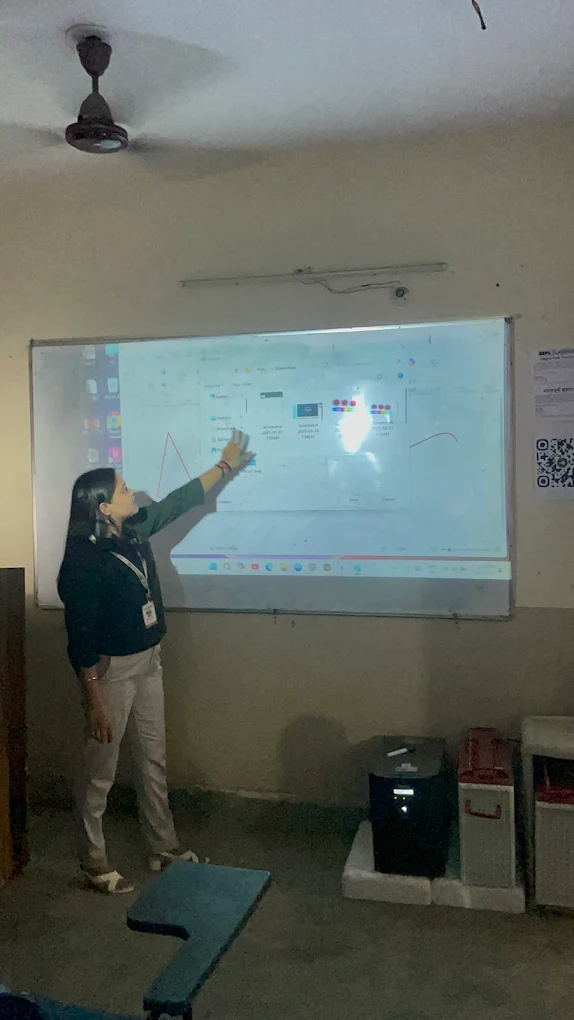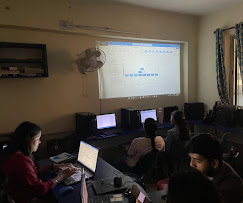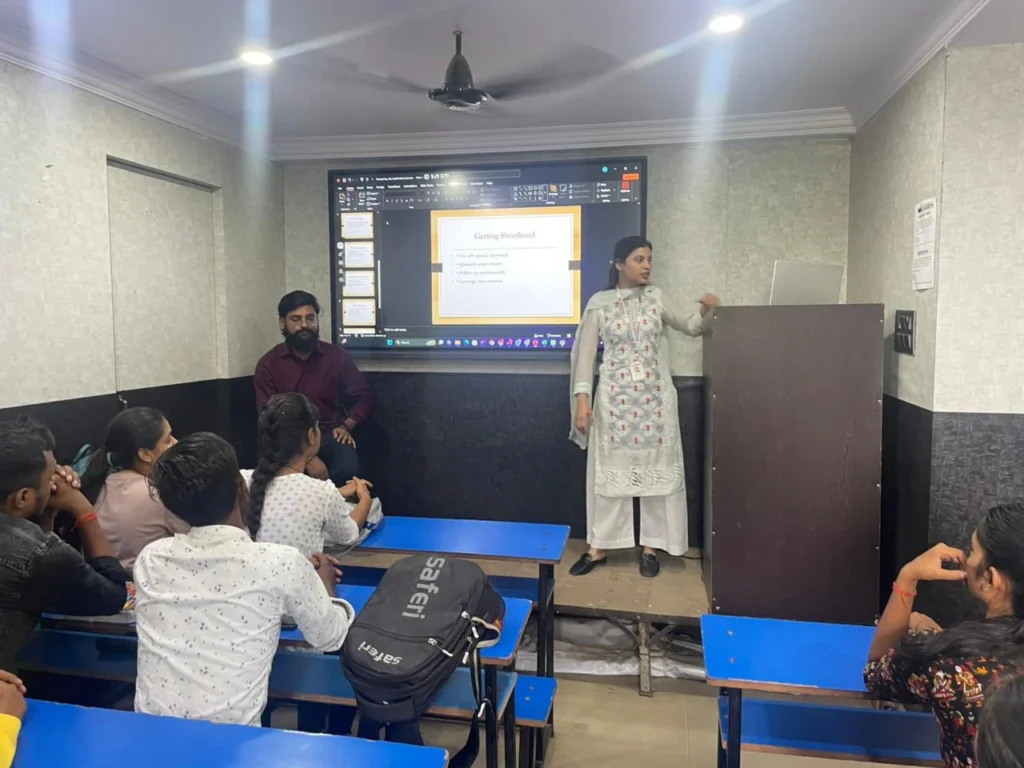Job Opportunities for Python Programmers in Ranchi
Job Opportunities for Python Programmers in Ranchi Emancipation Edutech Pvt Ltd – Best Training Center in Ranchi The demand for Python programmers has been growing rapidly across India, and Ranchi is no exception. As businesses, startups, and IT firms increasingly rely on automation, data analytics, and web development, the need for professionals skilled in Python is at an all-time high. For students and working professionals in Jharkhand’s capital, this is the right time to explore job opportunities in Python programming and take advantage of quality training offered by institutes like Emancipation Edutech Pvt Ltd, one of the best computer classes in Ranchi Lalpur Plaza Chowk near you. Why Python Skills Matter in Today’s Job Market Python is not just another programming language—it has become a universal tool for solving modern problems: For Ranchi’s youth, Python offers the chance to enter not only local IT jobs but also remote and freelance opportunities with companies worldwide. Job Roles for Python Programmers in Ranchi Here are some of the popular job roles you can pursue after completing a structured Python training program: Growing IT Opportunities in Ranchi Ranchi is steadily becoming a hub for digital skills training and IT careers. While the city may not yet match Bengaluru or Pune in scale, it has a unique advantage: This makes Ranchi a perfect city to start your journey in Python programming without the high costs of relocating. How Emancipation Edutech Pvt Ltd Prepares You for These Jobs If you’re serious about entering Python programming, finding the right training center in Ranchi is essential. That’s where Emancipation Edutech Pvt Ltd, located at Plaza Chowk near Lalpur, comes in. Known as one of the best IT courses providers in Ranchi, it offers: Why Choose Python Training in Ranchi Instead of Relocating Many students think they must move to Bengaluru, Pune, or Hyderabad to start their IT careers. But with quality institutes like Emancipation Edutech Pvt Ltd and growing job opportunities in Ranchi, you can: Plus, with remote jobs becoming mainstream, location is no longer a barrier. Skilled Python programmers from Ranchi are working with companies across India and even abroad. Conclusion The job opportunities for Python programmers in Ranchi are expanding rapidly. From entry-level developer roles to advanced careers in AI and data science, Python opens multiple doors for growth. If you’re looking for the best training center in Ranchi to begin your journey, Emancipation Edutech Pvt Ltd at Plaza Chowk is the perfect choice. With expert mentors, practical training, and strong placement support, it truly stands out as the best IT courses provider and computer class in Ranchi near you. Your career in technology starts with the right skill—and in Ranchi, Python is the smart first step. Job Opportunities for Python Programmers in Ranchi Emancipation Edutech Pvt Ltd – Best Training Center in Ranchi The demand for Python programmers has been growing rapidly across India, and Ranchi is no exception. As businesses, startups, and IT firms increasingly rely on automation, data analytics, and web development, the need for professionals skilled in Python is at an all-time high. For students and working professionals in Jharkhand’s capital, this is the right time to explore job opportunities in Python programming and take advantage of quality training offered by institutes like Emancipation Edutech Pvt Ltd, one of the best computer classes in Ranchi Lalpur Plaza Chowk near you. Why Python Skills Matter in Today’s Job Market Python is not just another programming language—it has become a universal tool for solving modern problems: For Ranchi’s youth, Python offers the chance to enter not only local IT jobs but also remote and freelance opportunities with companies worldwide. Job Roles for Python Programmers in Ranchi Here are some of the popular job roles you can pursue after completing a structured Python training program: Growing IT Opportunities in Ranchi Ranchi is steadily becoming a hub for digital skills training and IT careers. While the city may not yet match Bengaluru or Pune in scale, it has a unique advantage: This makes Ranchi a perfect city to start your journey in Python programming without the high costs of relocating. How Emancipation Edutech Pvt Ltd Prepares You for These Jobs If you’re serious about entering Python programming, finding the right training center in Ranchi is essential. That’s where Emancipation Edutech Pvt Ltd, located at Plaza Chowk near Lalpur, comes in. Known as one of the best IT courses providers in Ranchi, it offers: Why Choose Python Training in Ranchi Instead of Relocating Many students think they must move to Bengaluru, Pune, or Hyderabad to start their IT careers. But with quality institutes like Emancipation Edutech Pvt Ltd and growing job opportunities in Ranchi, you can: Plus, with remote jobs becoming mainstream, location is no longer a barrier. Skilled Python programmers from Ranchi are working with companies across India and even abroad. Conclusion The job opportunities for Python programmers in Ranchi are expanding rapidly. From entry-level developer roles to advanced careers in AI and data science, Python opens multiple doors for growth. If you’re looking for the best training center in Ranchi to begin your journey, Emancipation Edutech Pvt Ltd at Plaza Chowk is the perfect choice. With expert mentors, practical training, and strong placement support, it truly stands out as the best IT courses provider and computer class in Ranchi near you. Your career in technology starts with the right skill—and in Ranchi, Python is the smart first step.
Job Opportunities for Python Programmers in Ranchi Read More »










